Sanchi Buddhist complex, famous for its great stupa at Sanchi, is located in the Indian State of Madhya Pradesh. Commissioned by emperor Ashoka in the 3rd century BCE, the Great Stupa of Sanchi is one of the oldest stone structures in India. The stupa was built over the relics of Buddha. The original construction work of this stupa was overseen by Ashoka, whose wife Devi was the daughter of a merchant of nearby Vidisha. Sanchi was also her birthplace as well as the venue of her marriage with Ashoka. In the first century BCE, four elaborately carved toranas (gateways) and balustrade encircling the entire structure were added.
The stupa may have been vandalized in the 2nd century BCE during the rise of the Shunga emperor Pushyamitra Shunga, who overtook the Maurya Empire and was believed to be rebuilt by his son Agnimitra. The original brick stupa was covered with stone during the Shunga period. During the later Shunga period the stupa was expanded with stone slabs to almost twice its original size. The dome was set on a high circular drum meant for circumambulation, which could be accessed via a double staircase. A second stone pathway at ground level was enclosed by a stone balustrade with four monumental gateways facing the cardinal directions. Other structures which were commissioned during the Shunga period are the second and third stupas.
In the first century BCE, during the Satavahana period the gateways were constructed. Further Buddhist structures were added over the centuries until the 12th century AD. Temple 17 is attached to the Gupta period (5th century CE). This structure consists of a flat roofed square sanctum with a portico and four pillars.
Temple 45 was the last Buddhist temple built during the 9th century. With the decline of Buddhism in India the monuments of Sanchi went out of use and fell into a state of despair. Between 1912 and 1919 the structures were restored to their preset condition under the supervision of Sir Johns Marshall.
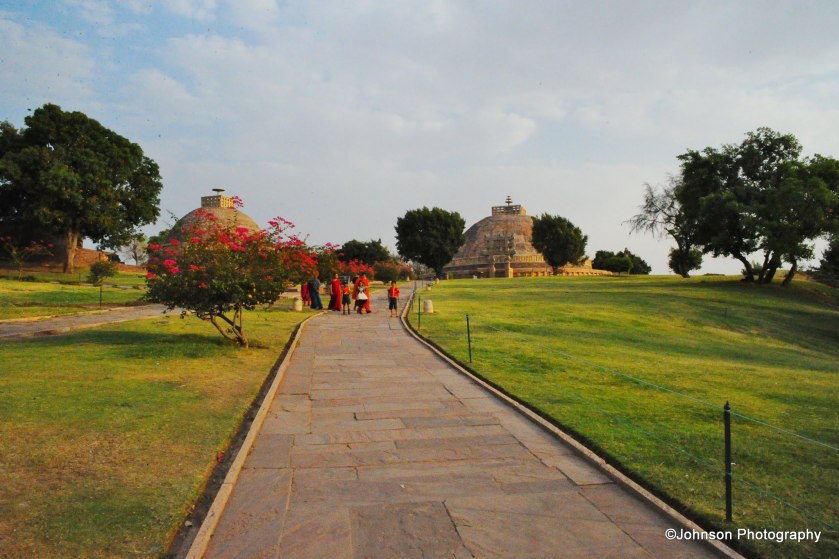

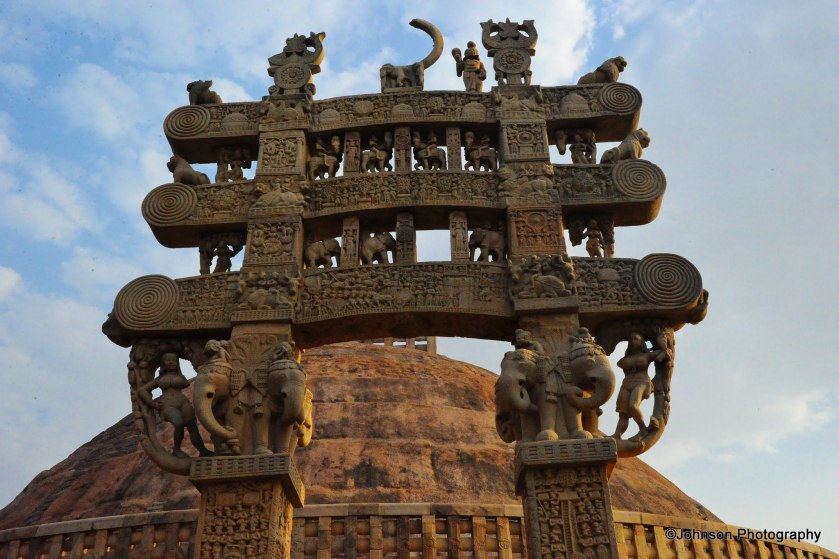

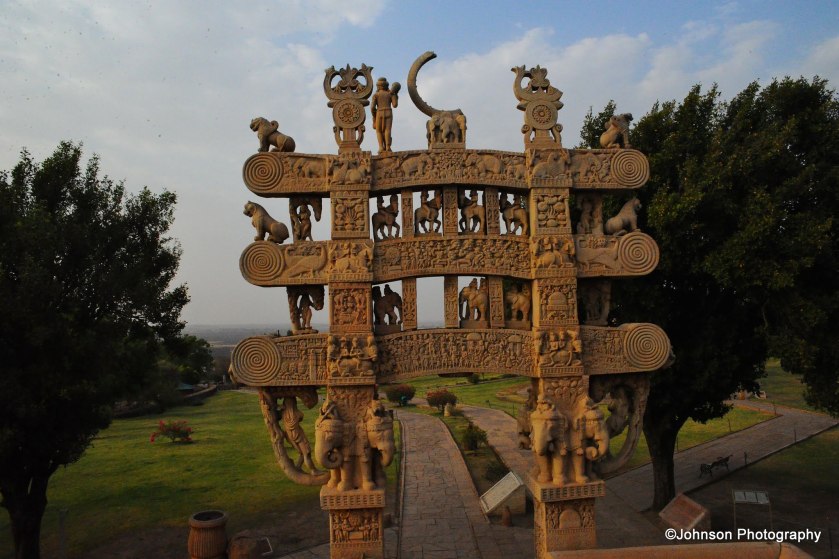

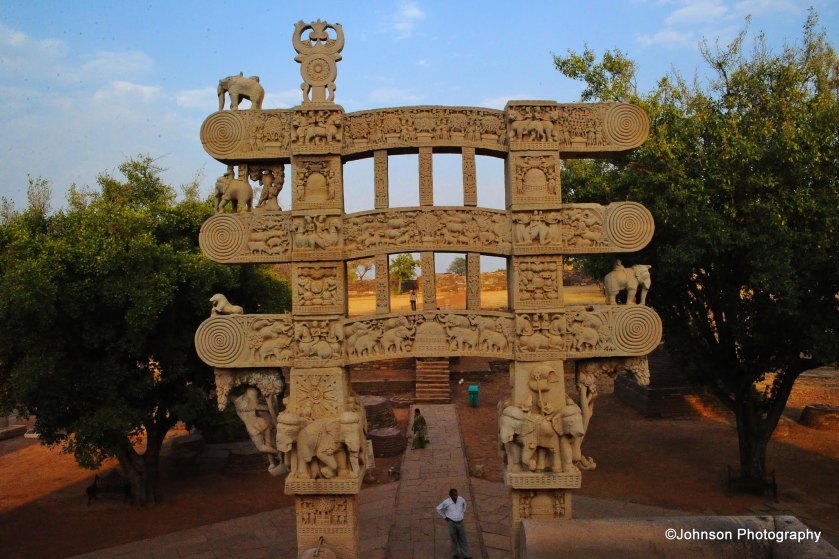




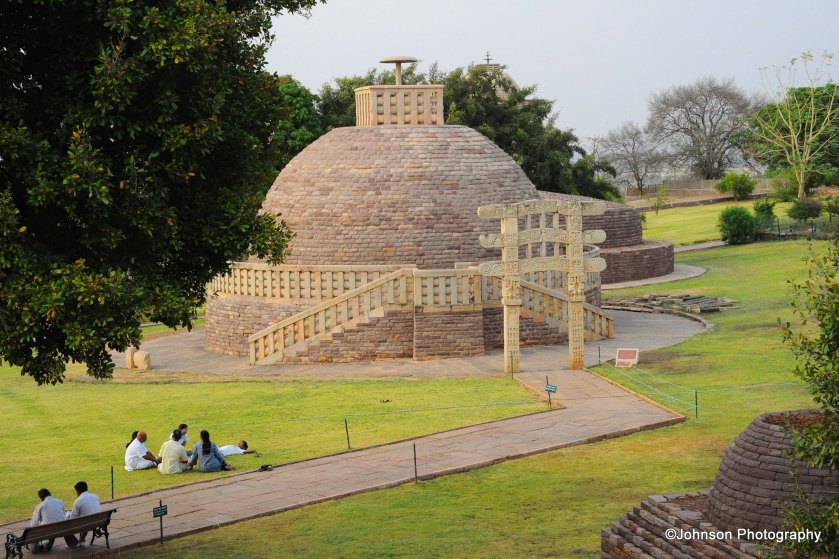
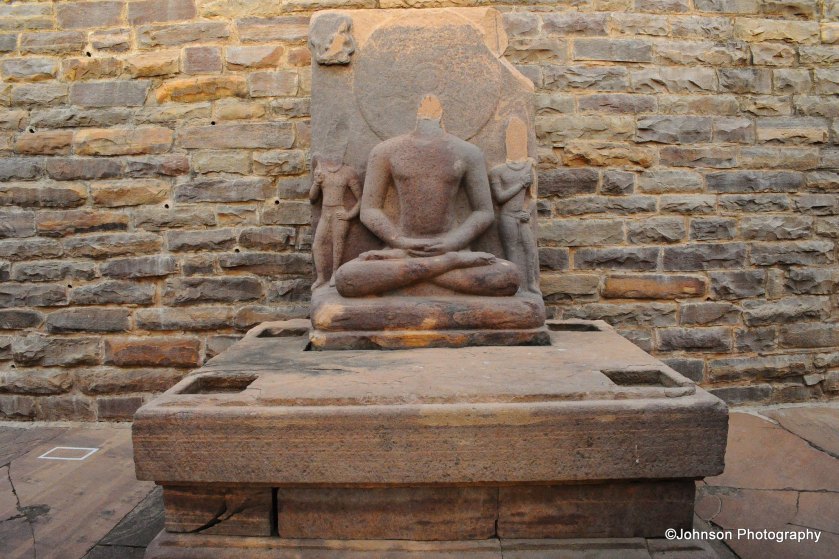




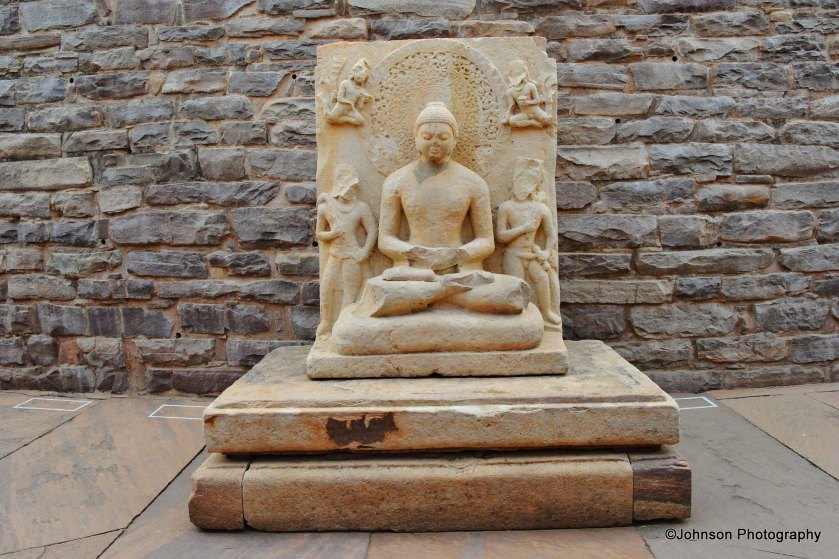
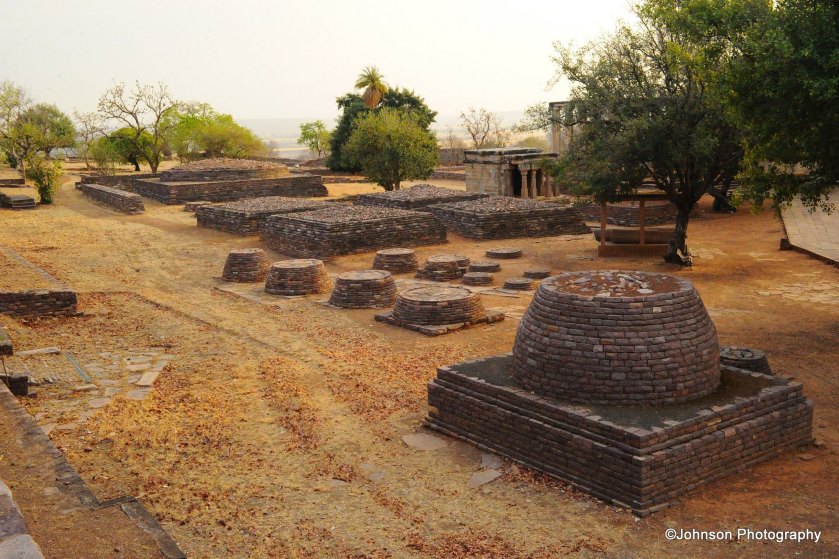
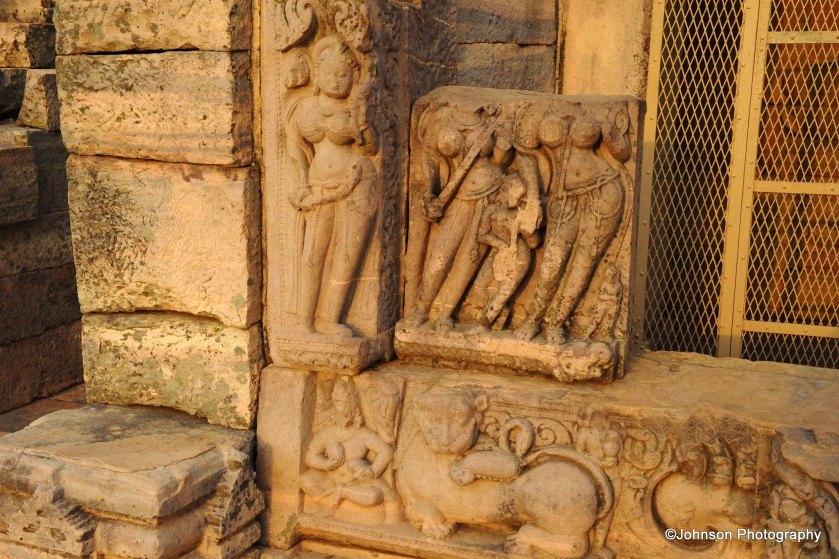


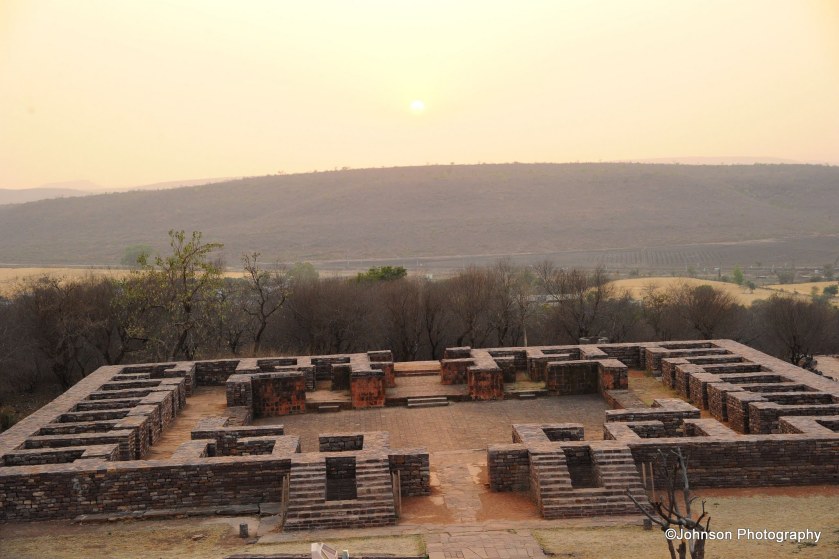
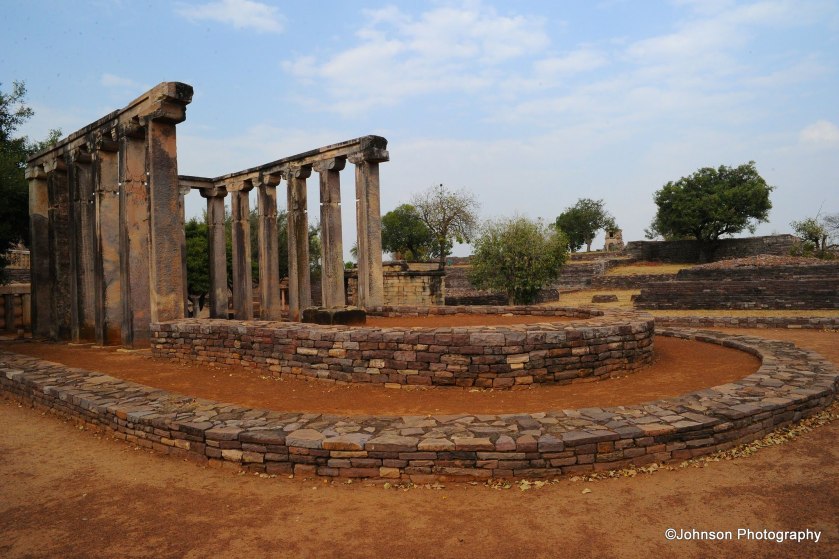

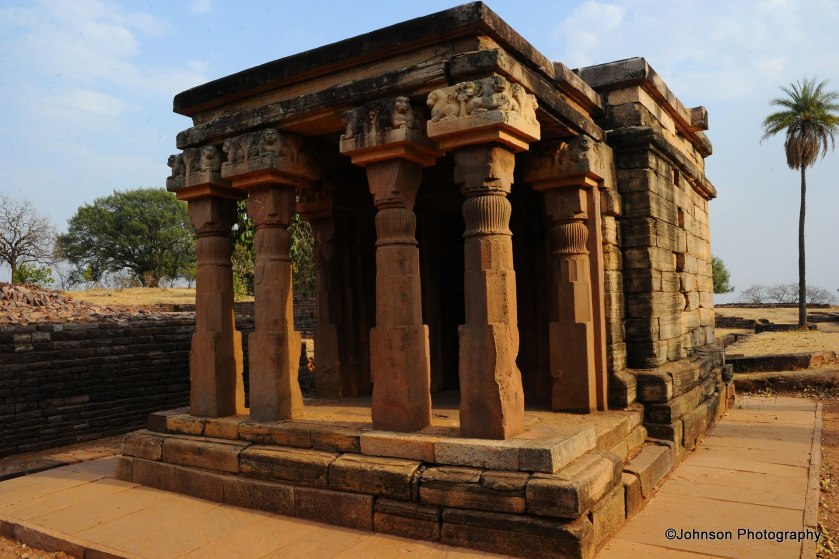

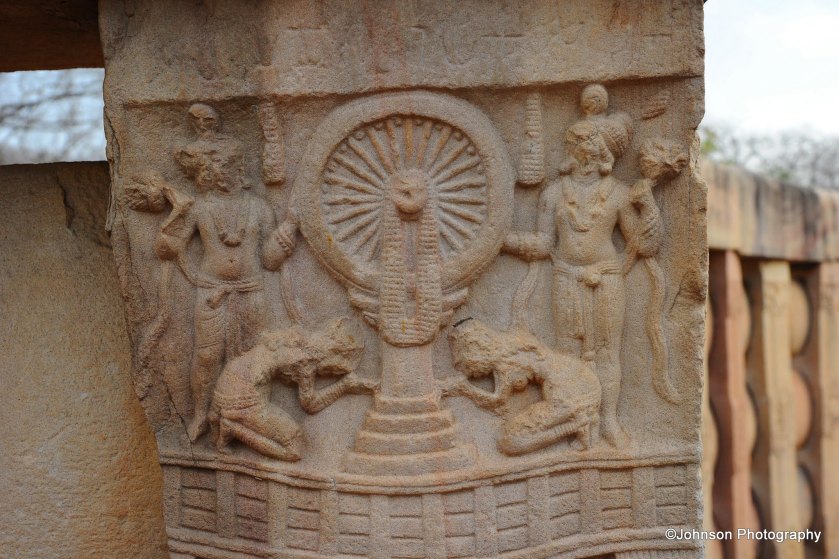







Today around fifty monuments remain on the hill of Sanchi. These monuments have been listed among UNESCO World Heritage Sites since 1989.

Not sure if accurate, but the Mauryan dynasty was one that almost united the entire sub-continent right?
LikeLike
Yes you are correct. They could unite almost the entire subcontinent except the southern tip.
LikeLiked by 1 person
Some great pictures. Sanchi is another place on my list, although having already been to Bodhgaya and Sarnath, it is a very important one for me.
LikeLike
Thank you very much for the compliments. This is a must visit place for you. Have you been to Kushinagar?
LikeLiked by 1 person
No, that is another one on my list, of course, along with Lumbini.
LikeLiked by 1 person
Excellnt pictures of all those beautiful artwork nd architecture.Thanks for sharing it with me
LikeLike
Thank you very much for your visit and comments.
LikeLike
Thank you so much for this travel with your pictures I adore 🙂
LikeLike
I am glad that you enjoyed it.
LikeLiked by 1 person